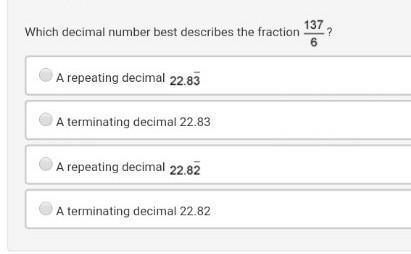
Mathematics, 04.04.2020 11:47 itsyaboiimikey15
Use Lagrange multipliers to solve the following exercise. Common blood types are determined genetically by three alleles A, B, and O. (An allele is any of a group of possible mutational forms of a gene.) A person whose blood type is AA, BB, or OO is homozygous. A person whose blood type is AB, AO, or BO is heterozygous. The Hardy-Weinberg Law states that the proportion P of heterozygous individuals in any given population is P(p, q, r) = 2pq + 2pr + 2qrwhere p represents the percent of allele A in the population, q represents the percent of allele B in the population, and r represents the percent of allele O in the population. Use the fact that p + q + r = 1 to show that the maximum proportion of heterozygous individuals in any population is 2/3?

Answers: 1


Another question on Mathematics

Mathematics, 21.06.2019 13:00
Atriangle has side lengths of 15 inches and 30 inches. it also has angles that measure 45º and 20º. which of the following identifies the possible third angle of the triangle? a. 15 in., 65º b. 45 in., 65º c. 17 in., 115º d. 14 in., 115º
Answers: 1

Mathematics, 21.06.2019 16:00
Abag has more green balls than blue balls, and there is at least one blue ball. let bb represent the number of blue balls and let gg represent the number of green balls. let's compare the expressions 2b2b and b + gb+g. which statement is correct? choose 1
Answers: 2


Mathematics, 21.06.2019 23:40
Which point-slope form equation represents a line that passes through (3,-2) with a slope of -4/5
Answers: 1
You know the right answer?
Use Lagrange multipliers to solve the following exercise. Common blood types are determined genetica...
Questions




SAT, 29.12.2021 04:40


History, 29.12.2021 04:50

SAT, 29.12.2021 04:50

English, 29.12.2021 04:50






SAT, 29.12.2021 04:50




English, 29.12.2021 04:50

SAT, 29.12.2021 04:50




